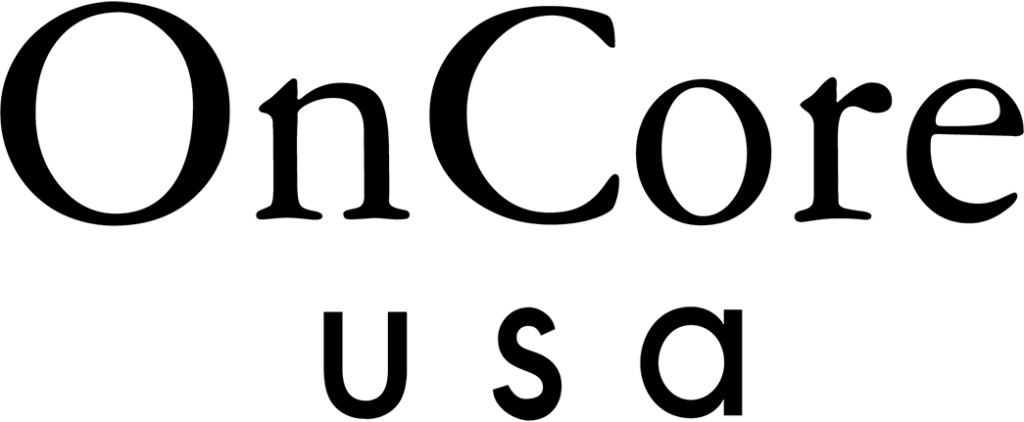 As we approach the end of 2018 and take our first steps into the final year of the 20-teens, it is thought-provoking to consider some of the many changes that the first two decades of this century have introduced into our daily working lives.
As we approach the end of 2018 and take our first steps into the final year of the 20-teens, it is thought-provoking to consider some of the many changes that the first two decades of this century have introduced into our daily working lives.
Without question, technology has reigned supreme in redefining our everyday activities both personally and professionally. Most of us walk around with more computing power and telecommunication abilities at our fingertips (re: smart phones) than were available to NASA when landing the first man on the moon.
Everyday Extraordinary
It’s rather extraordinary when you stop to think about it: our access to instant communication and information. Well, extraordinary yet also commonplace. The zeitgeist of the current century has been one of near-constant technological change and the necessity of adapting processes to keep up with the most efficient and effective ways of doing business.
Unfortunately, many companies fell into a reactive mode when computer technology came to the fore in the late 20th century. Understandably so; few could have predicted how technology would affect every part of commerce and company operations. Fewer still were prepared to cope with it.
The ways in which stakeholders, managers, employees and customers interact with one another have changed dramatically in recent decades. Where before customer feedback could only be delivered via a phone call or a snail-mailed letter, people can now offer globally viewed input within a matter of seconds.
Where professionals in almost every working environment used to use paper methods to track and transmit daily activities and long-term goals, such things are now recorded and conveyed digitally through spreadsheets, proprietary systems, email and instant messaging.
No matter what business you are in, the workplace is a largely technology-driven environment now, and “keeping up with the times” is something that informs the practices and processes of most companies.
Breaking Out Of A Reactive Mode
Even though we are a few decades into the Tech Revolution, many organizations still operate in a reactive mode, adopting new processes only when necessary. That is a problematic position, however, and one that companies should strive to avoid.
The companies that are most responsive in adapting to the ever-changing modern tech landscape are the most successful. Organizations that are receptive to modifying processes to accommodate constantly changing variables often end up standing “ahead of the eight ball”, as the old saying goes, and are better positioned for growth and success.
If your company is still behind the eight ball; if your operational procedures and staff functions are still largely in reactive mode, and if you’re feeling the impact of it through employee dissatisfaction and sluggish growth: don’t give up hope! There is always an opportunity to improve by embracing practical measures and a company culture that encourages a continual improvement of processes (CIP).
Moving Towards A Responsive Mode
The idea of a CIP within a company is not a new one. It first came to public attention in the 1990s, when it became clear that technological advancements stood to change all traditional models of business functions. From its outset, the CIP model proposed the creation of a triangular feedback loop to improve practical processes.
This three-sided loop involves information-gathering in the form of collecting feedback and general communication, which is then subjected to critical analysis and assessment, objectively measuring the efficiency of existing platforms and processes. If goals are not being reached in the most efficient and effective manner through current means, then modifications are formulated and implemented.
It sounds a bit complicated, but it really isn’t. Truly!
To offer a simple example, imagine that you currently keep client contact information in an MS Word file. You do it that way because the first person to start recording that information put it into a Word document, and everyone has followed that method since.
While there’s nothing wrong with keeping client information in that type of file, it does prove cumbersome every year when preparing an annual mailing. Addresses need to be copied and pasted from the document into a label template and they often need to be individually formatted — which requires a lot of staff time and involves extra steps, ultimately delaying the project.
Rather than continuing to do something simply because “that’s how it’s always been done,” a CIP approach involves exploring alternative, more efficient processes. In this case, migrating client contact information to an MS Excel spreadsheet would make sense. Along with allowing for better control of the data, Excel’s Mail Merge function could offer both a personalized greeting and an expedited label printing process with only a click or two.
Embracing CIP
The thinking behind that example of a Continual Improvement of Processes approach can be applied to every area of your company’s concerns. From hard matters of technology, to the softer side of interpersonal interactions, being constantly on the lookout for better ways to perform company tasks can only serve and potentially improve your operations overall.
If you would like to embrace a CIP approach (and you’d be well-advised to do so!), it is important to understand the cornerstone principles of the theory:
Feedback Matters: Whether it comes from customers, employees or peers, input and information about how people interact with and within your company is your best resource for figuring out what works and what needs to be updated or improved.
Little Things Mean A Lot: Employee and customer dissatisfaction often center on issues that initially may seem inconsequential in the grand scheme of your operations. It may even be tempting to dismiss concerns because they seem so small. Little things mean a lot, however, and you should embrace incremental changes with the same spirit that you approach major initiatives.
It’s Never Over: The “continuous” in CIP is literal: you will never reach a point where openness to change is no longer required. As technology evolves and as people approach business in a constantly shifting way, so must your processes change.
Overall, improved efficiency and growth are the clear results of maintaining a responsive and vibrant business model that is geared towards success. You can keep your company relevant and successful by continuously looking for new ways to function more efficiently, serving your employees and client base in a more effective manner.




